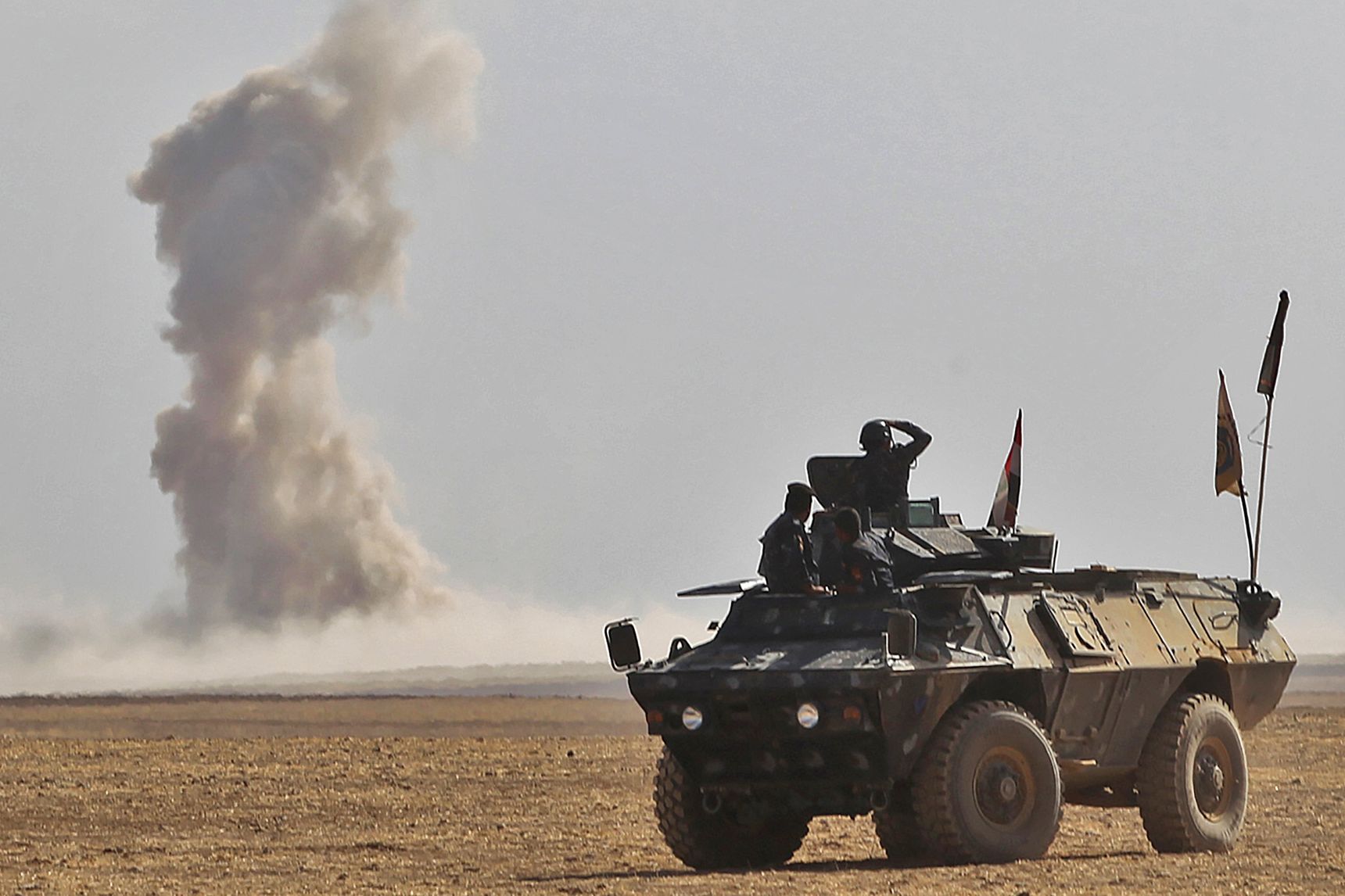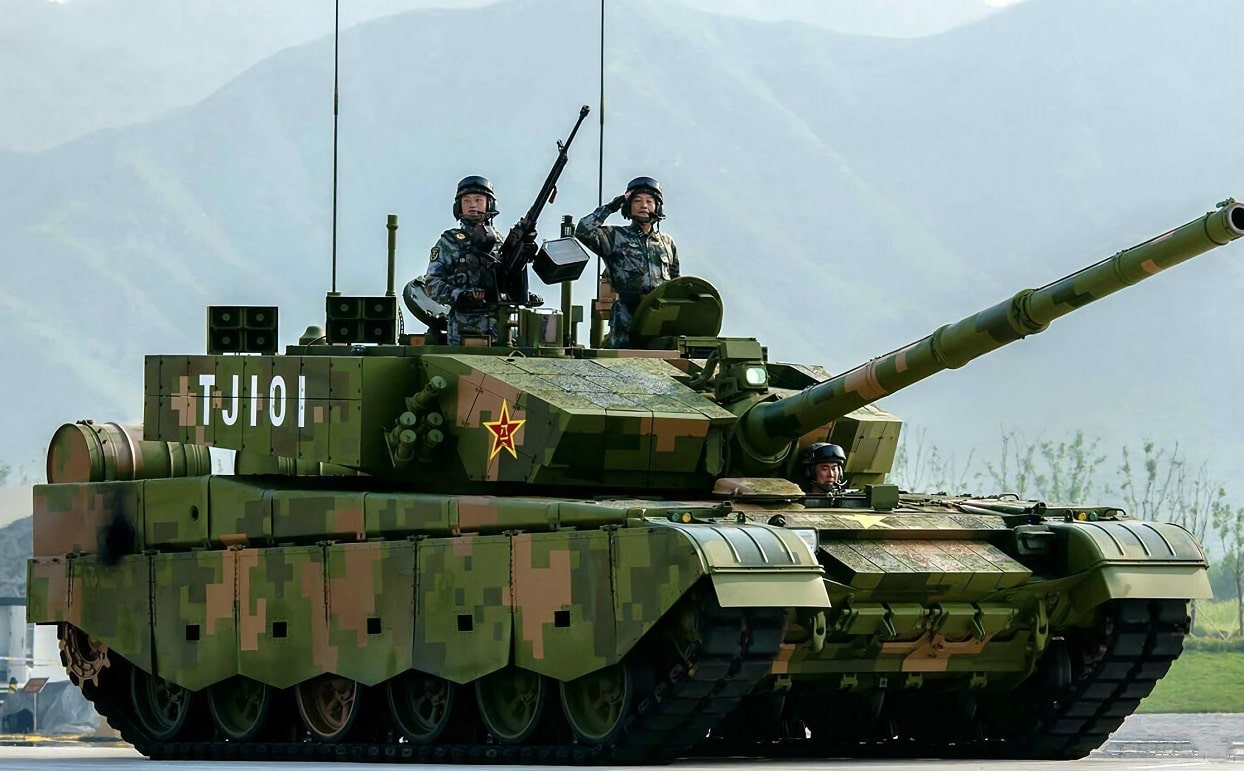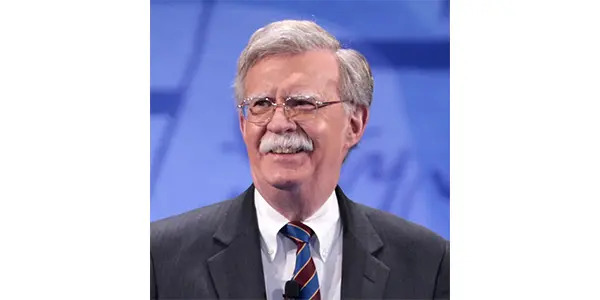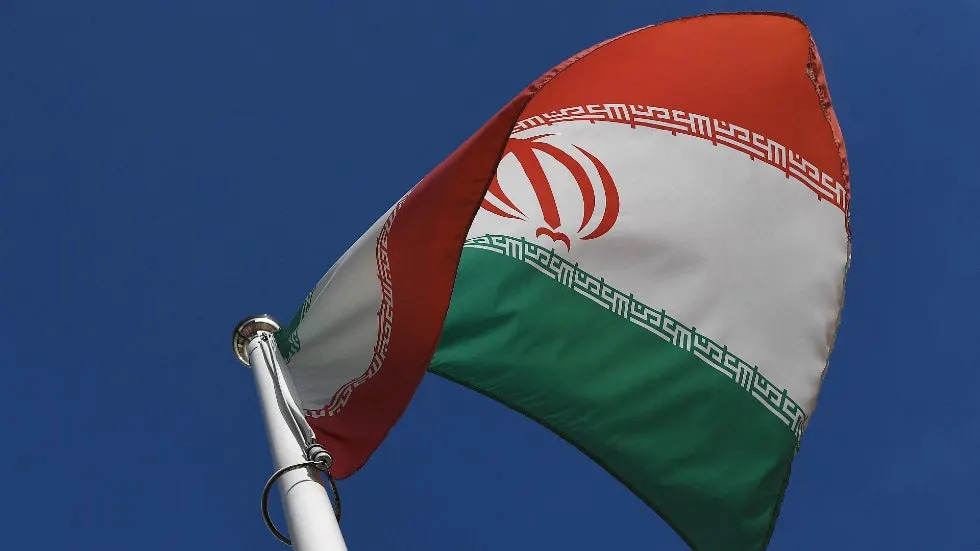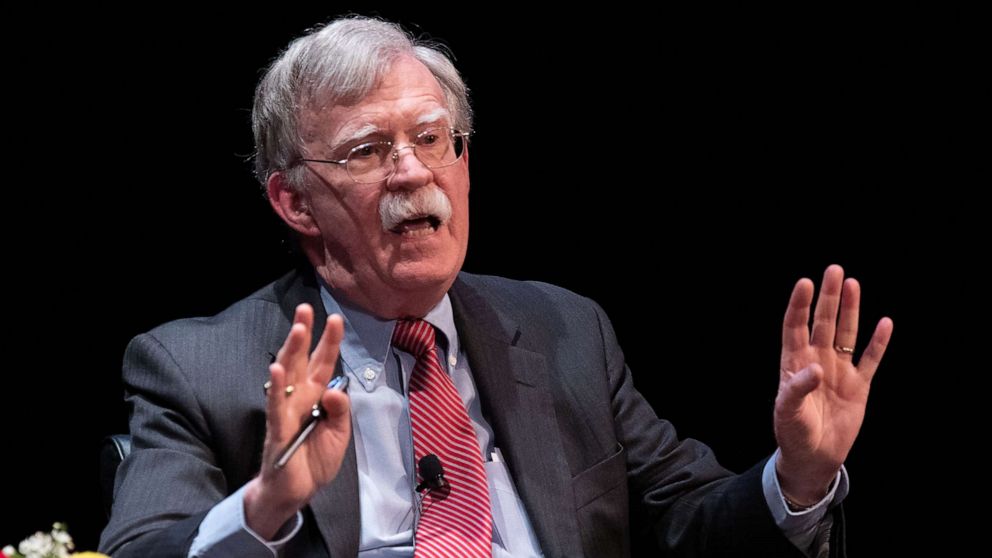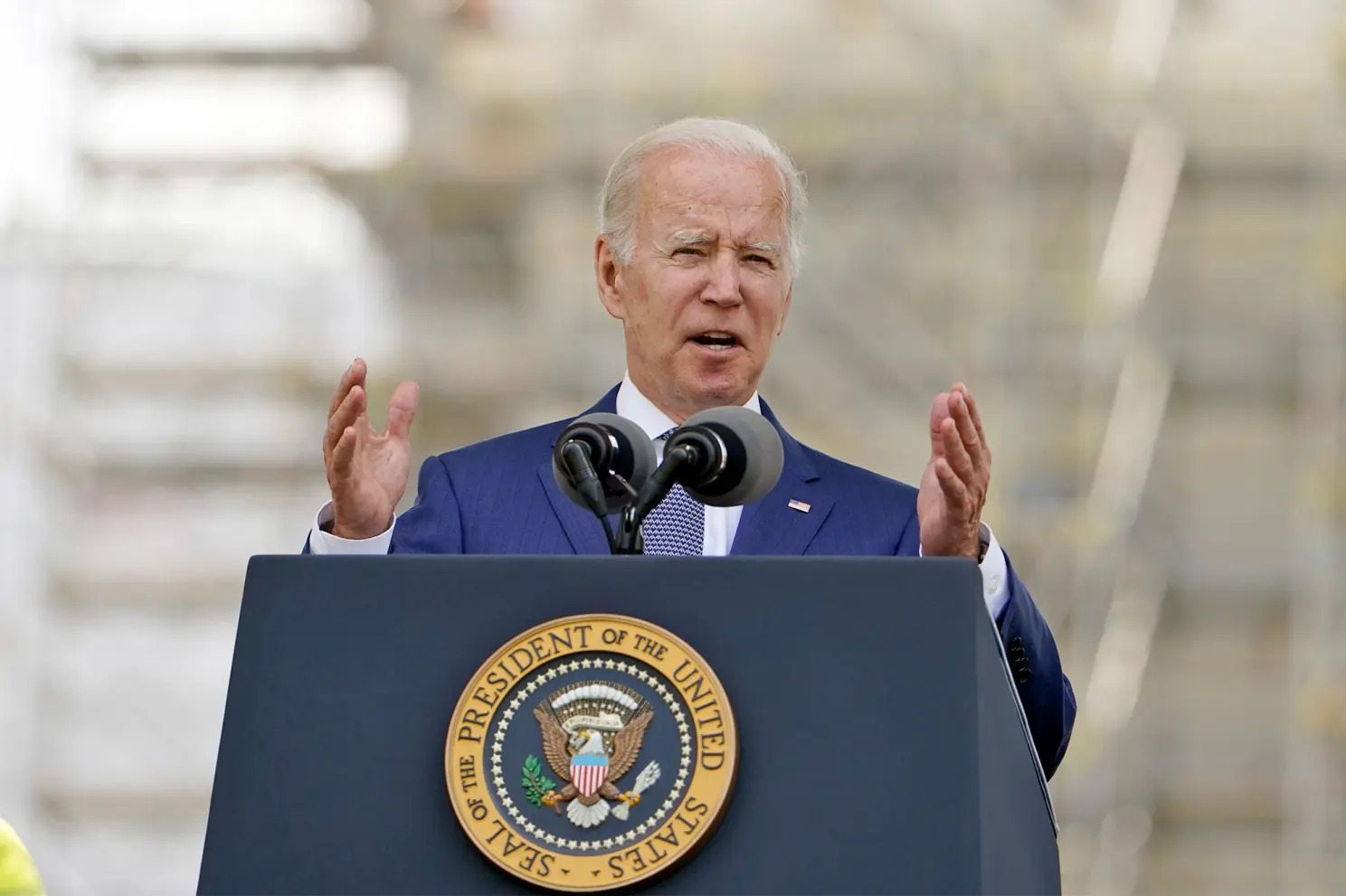By David Wurmser
In part one, I described the harsh and increasingly hostile anti-Israeli and anti-Semitic rhetoric recently employed by Amman, as well as its attempts to champion the Palestinian cause, wrest sovereignty from Israel on the Temple Mount and resurrect a pre-1852 status quo over Muslim, if not even all, holy sites in Jerusalem into some sort of “Vatican-like” status. I also outlined the accompanying geopolitical shifts in Amman that echo Russian and Non-Aligned Movement narratives rather than its traditional more pro-Western posture.
In part two I examined the various reactions in the West and Israel to this turn of events in Jordan, and the various options publicly debated over the best way to move forward.
In this section, in order to examine further whether Jordan should be confronted, indulged/ignored, or appeased I will both:
- Describe the shift in Jordan’s policy. Although King Abdallah has never been identified with either anti-Israeli or anti-Semitic sentiment, and even though in fact he has had a deep investment and history of relations with England and the United States, he had until only a few years ago shown little interest in asserting Jordan’s role among Palestinians or in Jerusalem. Since it is unlikely that something happened that caused so profound a change of heart enough to radically alter his outlook across the board, it is more likely that this shift in policy is a result of pressures and circumstances and a strategic response on how to deal with that change.
- Explore the foundations of Jordan’s stability to illustrate how serious a departure this new strategy is and how askew it is of the traditional policies that have secured Jordanian stability.
Jordan’s shift in 2017
The first visible signs of a significant shift in Jordan’s strategy in dealing with the Palestinians and Jerusalem, and by extension Israel, occurred six years ago, in the summer of 2017.
The first Temple Mount Crisis (2017)
In July 2017, three Arabs from Um al-Fahm in Israel traveled to Jerusalem and used the Temple Mount complex and the al-Aqsa Mosque as a hiding place and base of operations to smuggle and hide weapons which they would three days later use to launch a shooting attack on Israeli police. Emerging from the Temple Mount through the Gate of Tribes on July 14, the three terrorists gunned down two policemen standing near the Lion’s Gate of the city and wounded two more, one seriously. The terrorists then used the sanctity of the Temple Mount and al-Aqsa Mosque as a haven into which to retreat under the assumption that Israeli police would not follow them in hot pursuit – which is precisely one of the terms King Abdallah is demanding as an absolute from the Israelis (no Israeli police on Temple Mount ever for any condition, even in self defense or hot pursuit). In 2017, however, Israeli police did follow and successfully neutralized the terrorists.
As a result of this attack and the ongoing suspicion that the al-Aqsa Mosque could become a weapons storage repository by more Palestinian terrorists, Israel decided to install metal detectors to prevent the flow of potential weapons into the compound. What particularly disturbed the Israelis was that in the investigation of the attack, it became clear that members of the Islamic Waqf willfully assisted the attackers in smuggling and storing the weapons as well as harbored them. Moreover, when Israeli police raided the Mount to pursue the terrorists, they discovered that indeed the Waqf had begun storing a substantial amount of other weapons as well, and was using the sanctity of the area as cover to prevent Israeli police presence and observation.
In other words, the danger of the al-Aqsa mosque’s becoming a protected “armory” for the Palestinian factions with the acquiescence of the Waqf was not theoretical. It had just happened, which is what drove the Israeli government to install the magnetometers and cameras, as well as to close the Temple Mount to everyone for two days to calm the situation and to prevent mass demonstrations on the Mount as police swept the area searching for other arsenals. This closure was a response to the call by the Jordanian-sponsored Mufti of Jerusalem (essentially the head of the Waqf), Muhammad Ahmad Hussein, to all Muslims to come and ascend the Temple Mount and defy the Israelis. The Waqf – instead of being an instrument of administration and a voice for calm — had been caught helping to establish a terror infrastructure and haven and then serve as the cheerleaders for ensuing violence.
Jordan – who ostensibly was afforded a special status under the Peace Treaty over the Waqf in order to ensure its peaceful behavior and prevent third-parties from attacking Israel – instead immediately responded not with an apology over having failed in what had been expected of it under the Treaty, but with a sharp rebuke of Israel for installing the magnetometers and cameras. Ignoring entirely the events that had precipitated Israel’s action, Amman escalated its rhetoric in the following days and proceeded to continue to expand the Waqf, sided with the Palestinians, took the lead in escalating and further enflaming the crisis, and accused Jerusalem of changing the status quo of the Temple Mount and began to challenge Israel’s right to even be there.
Into this climate of rising Jordanian-Palestinian incendiary rhetoric and resulting rage – instigated by terrorists, sanctioned by the Waqf and enflamed further by the Jordanian government – it was not long in coming that a Jordanian construction worker, enraged by the course of events, attacked an Israeli diplomat (the deputy head of security in the Israeli embassy) in his apartment in Amman. The result of this attack on July 23, 2017, was unfortunately not only the attacking construction worker’s death but his co-worker as well, a result of the diplomat’s having defended himself.
This eventually led to a dangerous diplomatic standoff where the Israeli diplomat was prevented from leaving Amman, and was de facto held hostage by the Jordanian government as leverage to force Israel to yield on the Temple Mount, remove the metal detectors and cameras, and allow for further expansion of the Waqf. Indeed, a few days later Israel yielded to all of Jordan’s demands and removed the metal detectors installed in the access points to the Temple Mount and allowed the Waqf to expand, in return for which, the Israeli diplomat was allowed to return home.
The return of Naharayim (2018)
It was reinforced less than a year later by another action seen in Israel as hostile, although clearly it was under Jordan’s rights under the peace treaty. When the eastern Mandatory area had been separated from the western part and made into Jordan in 1921, a small area, which included an island and adjacent land where the Yarmouk and Jordan rivers flow together, was farmed by Jews, who remained in it throughout and after the 1948 war. Because the final armistice maps showed Israeli control there, the area remained in Israeli hands ever since, even though earlier maps indicated the small strip of land actually should have been considered outside the Rhodes armistice lines as part of Jordan.
It was a small tract, but it has some importance, especially since it included a power plant – which at one time in the 1920s and 1930s had supplied most of the Mandate with its electricity — and farm in the area of Naharayim on the Jordan River. In the Israeli-Jordanian peace treaty, however, Jordan asserted its claim to the land, and solution was found to formally recognize the land as part of Jordan, but that Israel could lease the land in 25-year renewable agreements. It was assumed that this was a long-term solution that would lay the issue aside for generations, but in 2018, Jordan suddenly gave notice that when the 25-year lease ended, Israel was to leave the area in entirety and simply abandon the 100-year investment in the power plant and fields. Israel complied because Jordan acted within its rights, but it left a significant amount of bitterness in Israel as behavior unbecoming of two nations in a genuine state of peace.
Traditional strategic cooperation before 2017
This episode marked a significant shift in Jordanian behavior. Amman had been careful not to challenge Israeli sovereignty over areas of Judea and Samaria. In return – as enshrined in the 1994 Israeli-Jordanian peace treaty – Jordanian interests were given special consideration and Jordan granted an outsized role in the management of Islamic affairs on the Temple Mount was tolerated. It was a strategic relationship that benefitted both parties.
Prior to 2017, Israel-Jordanian cooperation was instrumental in reversing the chaos and bloodshed that had developed as a result of the Oslo process in 1993 and Israel’s precipitous withdrawal and indulgence of Yasir Arafat. This was especially important regarding Jerusalem.
Although Jordan had formally severed its ties to Judea and Samaria in 1988, Israel re-involved Jordan deeply as the Oslo process descended into increasing instability and violence. In particular, Jerusalem and Amman worked together to block increasing PLO and Hamas efforts – assisted in this destabilization by the Turkish government — to establish themselves over Jerusalem institutions. In particular, Israel had learned by the 1990s and 2000s the painful lesson of yielding the Waqf to the PLO’s dominance earlier in the 1990s.
The Oslo debacle
In 1994, the Mufti of Jerusalem, Sulaiman Ja’abari, died. The PLO moved quickly to appoint his successor, Ikrima Sa’id Sabri. Although Sabri was of the Muslim Brotherhood, Arafat had throughout the 1990s simultaneously cultivated , employed, suppressed and controlled Hamas and the Brotherhood. Arafat thus was thus comfortable in bringing into a position of power such a dangerous figure as Sabri, largely because he was confident that he could use Sabri’s talents to enflame and destabilize to his advantage.
Jordan, however, was having none of this. Having traditionally held dominance over the appointment of the Mufti, and highly sensitive to threats posed by the PLO from bitter decades of experience, King Hussein appointed another Mufti, Abdul Qader Abdeen, who was beholden neither to the PLO nor to the Muslim Brotherhood.
In a stark departure from amicable and coordinated Israeli-Jordanian strategies in dealing with Jerusalem for the preceding 30 years, Israel dissed the Jordanians and chose instead to appease the PLO and allow the PLO’s choice, Ikrima Sa’id Sabri – a Palestinian nationalist affiliated with the northern League of the Muslim brotherhood in Israel — to become Mufti of Jerusalem, a perch from which he energized Palestinian violence, threatened Israel, and rattled Amman.
After then having faced an unprecedented wave of violence in the 1990s and first two years of the 2000s, as a result of this catastrophic misstep, Israel realized its strategic mistake and happily seized upon the Jerusalem provisions of the Israeli-Jordanian peace treaty. Israel pressed the PLO heavily to relent and bent Jerusalem’s Islamic structures toward Amman and away from the PLO and Hamas. Arafat had effectively used Hamas, the Muslim Brotherhood, and its violence as an instrument throughout the 1990s, but eventually, after Arafat’s demise, Palestinian President Abu Mazen, lacking any real gravitas and facing so serious a threat over the growing and uncontrollable power of Sabri, especially after the PLO lost Gaza to Hamas in 2006, in private happily but publicly grousing, yielded to Israeli and Jordanian pressure, removed Sabri, and replaced him with another Mufti, Muhammad Ahmad Hussein.
In the great, but very quiet struggle which ensued in the following years, Jordan and Israel cooperated closely to prevent either Hamas or the PLO from weaponizing the issue of Jerusalem, the Temple Mount and the al-Aqsa Mosque in their internal struggles. Both Israel and Jordan knew that any Palestinian role over the sensitive sites would deteriorate into an internal rivalry and lead to a chaotic situation and violence – indeed, an intra-Palestinian bidding war paid in Israeli blood and Jordanian marginalization – that would threaten both Amman and Jerusalem, let alone their respective interests there (Israeli sovereignty and ultimate control and the lead given Jordan to administratively manage the area).
Indeed, by the mid-2000s, Israel and Jordan also began cooperating on a far broader strategic threat — the increasingly dangerous Turkish, neo-Ottoman imperial project launched by Erdogan and publicly, unapologetically touted by his foreign minister, Mehmet Davutoglu, and parliament speaker, Mustafa Sentop. Jordan and Israel together worked to prevent Ankara’s attempt to mobilize Muslims on the Jerusalem issue around Turkey’s new “Khaliphate” and hand the standard of leader of the Sunni world to Erdogan.
And to be sure, it was quite a war zone.
In the first decade and a half of the 2000s, Ankara invested effort and coin to challenge both Jordan and Israel and fill the expanding vacuum left among Palestinians as a result of the increasingly impoverished Hamas and increasingly limp PLO. Ankara aimed broadly, but it focused on Jerusalem and on the Temple Mount to replace the Jordanians. In Turkey’s endeavor to invest in encouraging a new leadership over Palestinian Muslims, it focused extensively, not solely, on Hamas as much as on the Northern league of the Muslim Brotherhood under Ra’ad Salah, and … Ikrima Sa’id Sabri.
Prime Minister Erdogan himself became involved, and soon labeled the very presence of Israel in Jerusalem as an insult to Islam and launched a quiet but overt Turkish governmental effort, led by Dr. Sardar Cam (a close associate of PM Erdogan who earlier had headed his office in parliament), to operate a largely governmentally-funded foundation called “Tika” under the ostensible cover of preserving and reinforcing the Islamic heritage of Jerusalem. By 2018, this foundation had spent USD 63 million in Jerusalem. The local leaders associated with Ankara’s efforts — Shaykh Raad Salah and ousted Mufti Ikrima Sa’id Sabri – used Turkish support and monies to escalate incitement and organized violent incidents against Israel. Another foundation tied to the Turkish government funded bus services to ferry members of the Murabitun and Murabitaat — both of which are banned organizations in Israel — to Jerusalem to conduct activities, many of which result in Israeli-Arab violence. Another organization, the “Agency for Our Heritage,” operated directly out of Istanbul and spent USD 40 million in the late 2010s.
Indeed, to help entangle Israel in law-fare, Ankara also sent old Ottoman land registries (some potentially forged) and lawyers to the Palestinians to challenge Israel everywhere on land ownership.
President Erdogan also has for most of the last two decades employed an increasingly hostile and serious parade of threats. With each year the rhetoric Erdogan employs against the West and Israel grows. By 2015, he even called on the Islamic world to follow him into organizing an Islamic army to “liberate” Jerusalem, which is essentially a declaration of war.
While strategic cooperation anchored to the Israeli-Jordanian peace treaty functioned well enough to hamper Ankara’s schemes in the first decade, by the mid-2010s, Israel, in an attempt to tamp down Israeli-Turkish tensions, was loathe to continue to decisively confront Ankara and thus allowed Turkey considerable latitude rather than outright shut it down.
The result was not only an increased Turkish role in many critical places in Jerusalem. It also allowed the reemergence of Ra’ad Salah of the Northern League and Ikrima Sa’id Sabri as voices for Palestinian control and incitement focused on Jerusalem – which not only invited but demanded from Hamas and the PLO a competitive scramble to assert themselves over this most emotive issue. The situation was essentially beginning to spin out of Israel’s and Jordan’s control.
To note, though, Turkey’s primary target at the time was not Jordan, but Saudi Arabia. Ankara understood that by taking the lead in Jerusalem through its institutions and foundations, and through the rising fortunes of its allies Ra’ad Salah and Ikrima Sa’id Sabri, Ankara could begin to challenge Saudi Arabia’s claim to Sunni leadership which was emanating from its custodianship of the Two Holy Mosques — the al-Haram Mosque in Mecca and the Prophet’s Mosque in Medina.
The intensity of this Turkish-Saudi, intra-Sunni cold war, and the fear that any weakening of Jordan could undermine Saudi Arabia helped shift Riyadh’s perception of Jordan. From being a traditional rival over the allegiance of the region’s tribes since the late 1910s, suddenly Saudi Arabia viewed Jordan, and indeed even Israel, as a strategic partner in its rivalry against Turkey. Jordan’s partnership in helping Israel prevent the radicalization of Jerusalem institutions by either Turkey, Iran or their local proxies, also strategically helped the Saudis, who had over the last decade found themselves as gravely threatened by Turkey’s neo-Ottoman project – especially the attempt to resurrect the Khaliphate to seize the standard of Sunni Islam — as anyone else in the region.
The Saudis understood how Turkey or Iran could use of the Temple Mount to open a new, violent and highly emotive front in the ongoing Israeli-Palestinian conflict to radicalize the region.
That this structure of several Arab states working together with Israel (some openly, some semi quietly) seemed to work so well makes it all the more befuddling and disconcerting that Jordan suddenly shifted the foundations of its policy in July 2017 and became part of the confrontation front on Jerusalem against Israel in cooperation with the PLO – and through the PLO’s complete failure and unpopularity to unwittingly opening the door for HAMAS to seize the issue — rather than assist Israel in keeping the situation there calm.
Why did Jordan do this?
What is Jordan?
To properly understand what would lead to such a dramatic and potentially self-destructive move by Amman, one has to examine the nature of what constitutes Jordanian stability, and indeed, what the very purpose and essence of the Hashemite dynasty is.
To understand the seriousness of the threat, and the gravity of Jordan’s missteps now, one has to first appreciate the geography and foundations of the Jordanian state.
Jordan, north of Amman, is largely part of the urbanized Levantine Sunni Arab structure, which includes Arab Palestinians. Some of these Jordanians are refugees from west of the Jordan River, but most are indigenous inhabitants of what once was called Trans-Jordanian Palestine (mirroring Cis-Jordanian Palestine which includes all the lands west of the Jordan River). These Arab Palestinians have long-standing and deep ties to their mirrored populations across the Jordan River, such as Karameh with Jericho, Zarqa with Jenin, Amman with Jerusalem. They are intertwined populations.
It is not a clean divide. Outside of the cities, some Bedouin tribes have long lived north of Amman, such as the Bani Hassan, who inhabit the areas of Jerash and Zarqa, and the Bani Sakher, who have been in the area of Amman and Madaba. Both thus have a long history in some of those areas North of Ma’an (just south of Amman) and Amman. Moreover, those Bedouin tribes had a history of rejecting the authority of the Ottoman Khalipha, and thus were the primary targets of the Ottoman empire in the 19th century as it tried to settle Circassian and other Muslim populations from the Balkans and other areas of Samaria to break the geographic integrity of those tribes. As such, north of Amman, and in fact Samaria north of Jerusalem, is somewhat of a mishmash of populations emerging from Ottoman policies of internal exile, with urban populations aligned with the Ottomans in distinct tension with the tribes operating outside the cities in the area, and ultimately because of their hostility to the Ottomans aligned with the Arab Revolt and the Hashemites (led by Lawrence of Arabia).
South of Ma’an, the picture is much clearer. Jordan is the northern-most extension of the realms of the tribes of the Hejaz, among the largest in the northern Hejaz being the Banu Huwaitat of the Banu Laith, who are found primarily in the Wadi Rum area and around Petra.
The Hejaz is the area encompassing northwestern Saudi Arabia, Jordan south of Amman — particularly south of Ma’an – and even southern Israel. This area is the cradle of Islam and the realm and heartland of Arab history and the dominant tribes – most of which emerged from the Nabatean kingdoms and the Ghassanid Arabs aligned with Rome a millennium and a half ago – are its aristocracy and custodians of its identity. The area includes the cities of Mecca and Medina, and the holy “Two Holy Mosques of Islam” within them — the al-Haram Mosque in Mecca and the Prophet’s Mosque in Medina. Thus, the most revered family among these tribes has always been the traditional custodian of the two mosques and the core Hashemite family of the Muslim Prophet himself, Muhammad.
Clearly, the Hashemite, Hejazi pedigree of Jordan’s ruling family – the Hashemites had been the family in in charge of being the Custodian of the Two Holy Mosques until the end of World War I — has in the past led Saudi Arabia, which took control of the southern part of the Hejaz and supplanted the Hashemites as the Custodians of the Two Holy Mosques in the late 1910s, into tension with the Hashemites and Jordan. And yet, in recent decades a common purpose of fighting regional forces that threaten both and could undermine the stability of both via destabilization of the Hejaz has led not only to condominium, but even a climate of coordination between the two. In short, the stability of Jordan ever since the rise of Arab nationalism and the threat to Saudi Arabia from the Yemen War (1964) has gradually become ever more a core Saudi interest, with common enemies strategically driving the two into each others’ arms.
But Jordan also assumed in its north the eastern part of the Arab populations of Palestine. While Jordan’s ruling family and its reigning pillar of allies are part of a vast north-south alignment of Hejazi tribes, the urban Arabs of Palestine are oriented east-west on both the trans-Jordanian (Jordanian) and Cis-Jordanian (Israeli) sides of the Jordan River and are part of the more urbanized Levant with a complex history very separated from the Hejazi tribes as well as the tribes further east of Jordan, Iraq and northern Saudi Arabia. Indeed, one can almost think of the Jordan River like a mirror, which were the urban centers in the north and key urban Arab clans on one side have interacted and intermarried along east-west roads with their mirrored equivalents on the other side of the Jordan River, while Bedouin tribes – deeply suspicious of the urbanized Arabs as Ottoman allies – moved about around the cities. There was, indeed, very little north-south movement or interaction of these urban Arabs of northern Palestine, and very little common identity or affinity passing from north to south.
This particular east-west orientation of politics among urbanized Arab Palestinian posed both a threat but also opportunity for Jordan and its reigning structure of tribes and families after 1948. On the one hand, it meant that any unrest in Cis-Jordanian Palestine (Israel, Judea and Samaria) could threaten to spread into Trans-Jordanian Palestine (Jordan), but on the other it also meant that Jordan could also use its sway and control over the eastern Arabs of Palestine to control their western extensions, especially by alliance with the Bedouin tribes of the area (Banu Sakher and Adwan being the biggest in the north and in the Jordan Valley, although in conflict with each other, with lesser tribes in the north as well of the Rwala nomads and the Bani Khaled, Bani Hassan, Bani Sirhan, Sardiyeh and Isa). Against these tribes stood the urbanized populations, which posed a challenge to the Hashemites, especially given their east-west orientation of influence and affinity.
As such, this complex reality upholds the delicate balance in northern Jordan. Hebron can unsettle Ma’an, or Jericho can rattle Karameh, but so too can the control over the Jordanian-sanctioned elites of Ma’an and Karameh help stabilize Hebron and Karameh.
The same dynamic as governs Jordan also applies as well to Israel.
It is precisely this reality – this duality of threat and opportunity to both Amman and Jerusalem – which underpins the Israeli-Jordanian peace treaty as both have a vital national interest to work together to ensure calm among the non-Hejazi urbanized (non-tribal) Arabs of both banks of Palestine. Thus, Jordanian-Israeli relations are not based on flowery western notions of peace emanating from a treaty, but on a mutual set of strategic realities that demand from each coordination of the other which long predated any formal peace treaty.
That is why the only unrest, let alone war, that has ever occurred on either of the banks of the Jordan River among the Palestinian was not a result of a Jordanian-Israeli conflict, but a result of an intrusion by external forces to that relationship that challenged the tribes and the Jordanian-cultivated elites of the big towns. Those external forces included a parade of revolutionary agents of upheaval and disruption of the carefully cultivated balance – the German-instigated Haj Amin al-Husseini, the Soviet-inspired Arab nationalists of Gamal Abdel Nasser and his tentacles (the PLO) in 1964-1970, or through the reintroduction of the PLO after 1993 by the Israelis.
As such, other than the brief period from 1993-1996 as a result of the Oslo process, the absolute exclusion of foreign actors was a foundation of Jordanian-Israeli relations and the vital interest of their American ally.
Until now.
Part IV will examine how a series of missteps – not only by Jordan, but by the US and others – rocked the Jordanian state and made wobbly its foundations.


